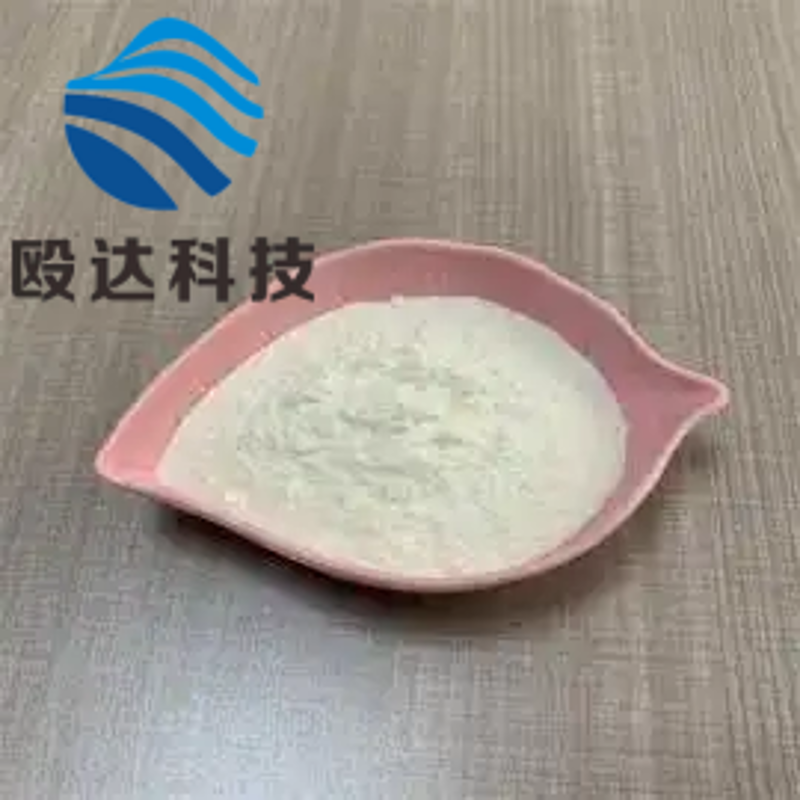Nat Immunol: Ma Fengxia/Li Cheng/Lo Hongbo collaborated on a single-cell development and heterogeneous map of neutrophil steady state and inflammatory states of neutrophils.
-
Last Update: 2020-07-29
-
Source: Internet
-
Author: User
Search more information of high quality chemicals, good prices and reliable suppliers, visit
www.echemi.com
!---- neutrophils are a major component of the natural immune system and, as the largest number of cell types in circulating white blood cells, are the host's first line of defense against pathogens such as invading bacteriaHowever, at present, the sub-group of neutrophils mainly relies on classical morphology, neutrophils have been controversial, there is no unified cognition, this difference hinders the development of neutrophil researchThe amount and level of gene expression in neutrophils is low compared to other blood and immune cell types, making it technically more difficult to capture RNAIn addition, since the half-life of neutrophils is only 15-20 hours, the details of the experimental operation are also put forward higher requirementsOn July 27, 2020, Ma Fengxia, a research group at the Hemalogy Hospital of the Chinese Academy of Medical Sciences (Institute of Hemalogy of the Chinese Academy of Medical Sciences), li Cheng Research Group of Peking University School of Life Sciences, and Luo Hongbo Research Group of Harvard Medical School, collaborated in the journal Nature-Source-Cellome Prosita neutrotrophileroeroeroeroeeeinis and the study paperBy optimizing the experimental conditions, the authors carried out neutrophil isolation and single-cell RNA sequencing of bone marrow, peripheral blood and spleen in stable state mice, and established a neutrophil single-cell map under steady state conditions in combination with bioinformaticsIn the order of maturation, the neutrophils in the bone marrow can be divided into 5 groups, including 3 subgroups (G0, G1, G2) and 2 more mature subgroups (G3, G4) that are in the division phaseThe authors analyzed the characteristics of each group in detail for granulocyte, cell cycle, bactericidal function, etc., and verified the existence of these groups in combination with flow cell markersThe study found that although the heterogeneous cell population defined by single-cell RNA sequencing had a high correlation with the classical morphological credit group as a whole, single-cell sequencing technology was able to identify G3 and G4 cell populations with the same morphology and different transcription groups, increasing the understanding of the heterogeneity of the mature granulocytes of bone marrowBased on the heterogeneity expressed between the groups of granule protein genes, the authors proposed the "sorting hypothesis" of granulocyte sein production, and identified a new transcription factor that is specifically raised during the development of neutropenia cells through transcription control network analysisThe authors then analyzed neutrophils in peripheral blood and spleen, and found that there were three groups of mature neutrophils, PMNb and PMNc with different transcription group characteristics in peripheral organsRNA VELOCITY ANALYSIS REVEALED THAT THESE MATURE GROUPS HAVE DIFFERENT BONE MARROW SOURCES AND COMPLEX INTER-GROUP TRANSFORMATION RELATIONSHIPS: 1) PMNA AND PMNB ARE PRIMARILY DEVELOPED BY G3 AND G4 OF BONE MARROW, RESPECTIVELY; Using immunofluorosis imaging techniques, the authors further validated the unique spatial distribution of mature neutrophils (PMNbs) in the spleen with high expression interferon stimulation genes, suggesting that the subgroup may have host defense functions different from other subgroupsIn addition, the authors mapped the heterogeneous population defined in the previous literature using single cell sequencing to the neutrophil reference map established in this study, unifying the domain classification of neutrophil heterogeneity in stable miceFinally, in order to study the effects of bacterial infection on neutrophil development and subgroup, the authors isolated the bone marrow, peripheral blood, spleen and neutrophils in the mice with acute peritonitis for single-cell RNA sequencing and analysisIt was found that the heterogeneous group of neutrophils in the inflammatory state did not change, but the proportion of the population, functional characteristics, transcription factor expression and group transformation path changed significantlyThe analysis and experimental results show that acute myelin hematopoietic ationoblastation is mainly done by enhancing early neutrophil division activity and shortening the maturation time of neutrophils after division, and these findings provide potential molecular targets for the treatment of acute bacterial infectionsIn general, this study systematically depicts for the first time the dynamic changes of heterogeneous groups and transcription groups in the maturation, differentiation and destiny decision of neutrophils in steady state and inflammatory states, integrating the heterogeneous classification of neutrophils already in the field, and providing valuable reference data resources for further study of neutrophils The Hematology Hospital of the Chinese Academy of Medical Sciences (The Institute of Hemalogy of the Chinese Academy of Medical Sciences) is the first author of the article, with Ma Fengxia Associate Researcher, Li Cheng Researcher of Peking University School of Life Sciences, Professor Luo Hongbo of Harvard Medical School as co-authors, Xie Xuemei, ph.d, Beijing Concord Medical School/Harvard Medical School, and Shi Qiang, Ph.D student of Peking University School of Life Sciences Dr Wu Peng and Dr Zhang Yuyu of Beijing Concord Medical College, and Su Jiaxuan, an undergraduate student at Peking University's School of Life Sciences, participated in the research
This article is an English version of an article which is originally in the Chinese language on echemi.com and is provided for information purposes only.
This website makes no representation or warranty of any kind, either expressed or implied, as to the accuracy, completeness ownership or reliability of
the article or any translations thereof. If you have any concerns or complaints relating to the article, please send an email, providing a detailed
description of the concern or complaint, to
service@echemi.com. A staff member will contact you within 5 working days. Once verified, infringing content
will be removed immediately.







